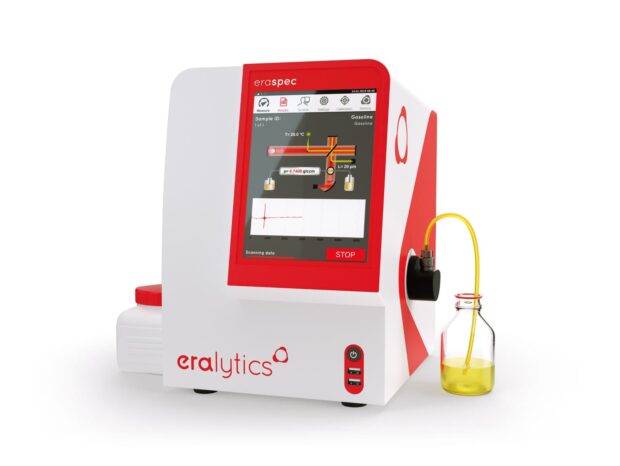Standard Test Method for Determination of Benzene, Toluene, and Total Aromatics in Finished Gasolines by Gas Chromatography/Mass Spectrometry.
Get more information about the standard at ASTM D5769-22.
ASTM D5769 is a standard test method for the determination of benzene, toluene, and total aromatics in finished motor gasoline, including those containing oxygenated blending components. This method employs gas chromatography coupled with mass spectrometry (GC/MS) to accurately quantify these compounds, ensuring compliance with fuel quality standards and regulations. Its application supports environmental protection efforts, and aids in the optimization of engine performance across multiple industries.
Details
The test method is applicable to the following concentration ranges in liquid volume percent:
- Benzene: 0.09% to 4.00%
- Toluene: 1.0% to 13.0%
- Total aromatics (C6 to C12): 10.0% to 42.0%
In this method, a gasoline sample is introduced into a gas chromatograph equipped with a mass spectrometer. The GC/MS system separates and identifies individual aromatic compounds based on their mass-to-charge ratios. Deuterated hydrocarbons, such as benzene-d6, ethylbenzene-d10, and naphthalene-d8, are recommended as internal standards to ensure accurate quantification. The results are reported to the nearest 0.01% for benzene and 0.1% for other aromatics by liquid volume.
This method is suitable for gasoline containing oxygenates (alcohols and ethers) as additives, as common oxygenates do not interfere with the analysis of benzene and other aromatics.
Industries and Applications
ASTM D5769 is crucial in various industries and applications, including:
- Petroleum Industry: Refineries and fuel distributors utilize this method to assess gasoline quality, ensuring that benzene, toluene, and total aromatic content meet specified standards
- Environmental Agencies: Regulatory bodies employ this test method to monitor and enforce fuel composition regulations aimed at reducing environmental pollution and health risks associated with aromatic hydrocarbons
- Automotive Industry: Manufacturers and researchers use this method to evaluate fuel properties, ensuring compatibility with engine performance requirements and emission standards
- Analytical Laboratories: Laboratories specializing in fuel analysis apply this standard to provide accurate and reliable data on gasoline composition for clients across various sectors
